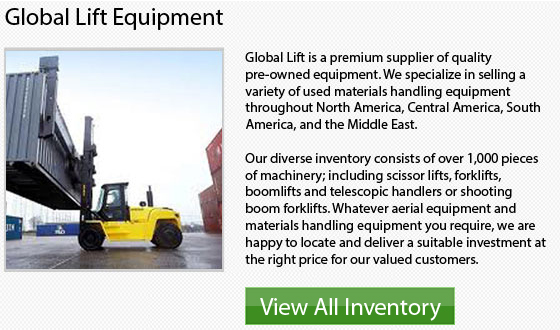
Regardless if you are thinking of expanding your business fleet of forklifts or if you are just beginning with your first lift truck, the number of choices that go into choosing a used or brand new forklift could be overwhelming. There is such a huge array of options like for instance IC or internal combustion engines, electric units or the latest hybrid lifts. Making time to review your requirements and get what you would like out of your machinery in order to facilitate unloading and loading applications for your warehouse or dock is vital.
Of course a large consideration as with most big purchases is the upfront expense. Be sure to consider the long term expense associated with utilizing your forklift. For example, take note that your biggest cost in this specific category is going to be the fueling costs connected with running your lift truck.
Diesel forklifts offer some of the least expensive operating and fuel expenses amongst internal combustion forklifts available on the market. These forklifts can easily out-power and out-lift your typical electric forklift.
There are numerous advantages and disadvantages associated with diesel lift trucks just like there are with all forklift units. The following is a brief guide for purchasing diesel lift truck models in order to help you cut through the confusion and help determine the unit best for all your requirements. By knowing about the potential pitfalls, you will be prepared to make a wise purchase.
More than likely the largest advantage enjoyed with diesel forklifts is their low operating cost. Normally, diesel is the cheapest fuel alternative for internal combustion lifts. Though electric lifts are less costly in the long run, they don't necessarily work the best for outdoor applications.
While diesel forklifts are ideal for outdoor use, they are however not utilized properly indoors. The emissions from a diesel model could be really dangerous if not correctly ventilated in an indoor warehouse. Moreover, diesel forklifts are significantly louder compared to their emission-free electric counterparts.